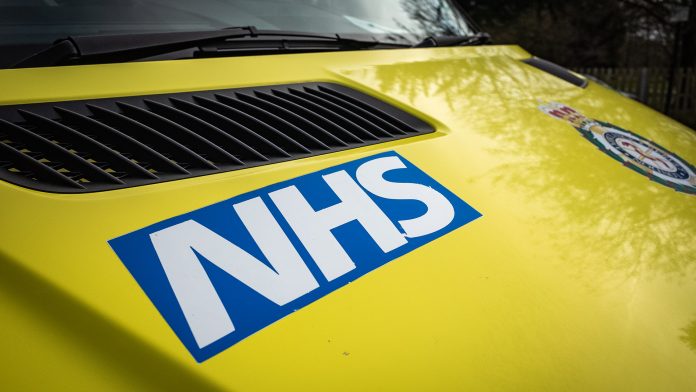
The latest NHS monthly data reveals a significant decline in waiting lists for elective care and improved ambulance response times nationwide.
Despite grappling with industrial action and an unprecedented surge in demand for emergency services, the figures for October demonstrate a decrease in patients awaiting elective care to 6.44 million, while waits for procedures and appointments have dropped to 7.71 million, down from September’s 7.77 million.
England’s leading healthcare authority commended the exceptional efforts of frontline staff, attributing this reduction to their tireless commitment amid three days of industrial action at the start of October.
Ambulance response times improve amid escalating demand
The NHS’s comprehensive winter strategies and its blueprint for the recovery of urgent and emergency care have manifested in swifter ambulance response times throughout November.
Across all response categories, there’s been a noticeable improvement, particularly in the most critical call-outs (Category 1), which clocked in almost ten seconds faster at 8:32 compared to October’s 8:40. Similarly, Category 2 responses were nearly three minutes quicker, registering at 38:30 from 41:41 in October.
Despite a 15% surge in the number of the most severe incidents requiring emergency aid compared to the same period last year, response times for Category 1 calls have accelerated by nearly a minute. Category 2 calls, up by 20% from last year, now receive attention almost ten minutes faster.
In November alone, over 826,000 999 calls were answered, with response times significantly slashed by an average of 29 seconds compared to the previous year, now averaging just eight seconds.
Hospital challenges during the winter period
While these achievements stand out, separate weekly data underlines escalating challenges within hospitals.
Winter viruses like flu and norovirus are on a rapid ascent, resulting in increased hospitalisations. The latest figures show 402 patients hospitalised with flu, a steep rise of 65.4% from the prior week, alongside a 25% surge in norovirus admissions.

Additionally, staff absences are climbing, averaging 49,020 daily, up from 47,018 the previous week.
Planning for winter demands
Anticipating the intensifying winter strain, the NHS initiated robust planning measures earlier than ever.
The rollout of care ‘traffic control’ centres, bolstered ambulance and bed capacity, and the expansion of the pioneering virtual wards programme have contributed to managing patient flow and ensuring care delivery beyond hospital settings.
Amidst these challenges, the NHS welcomes hundreds of new emergency care staff, including call handlers, paramedics, and other essential personnel, fortifying the workforce ahead of the demanding winter months.
As the NHS grapples with rising hospitalisations and staff shortages amid the winter onslaught, these milestones underscore the resilience and unwavering dedication of healthcare professionals striving to navigate through unprecedented challenges.

























